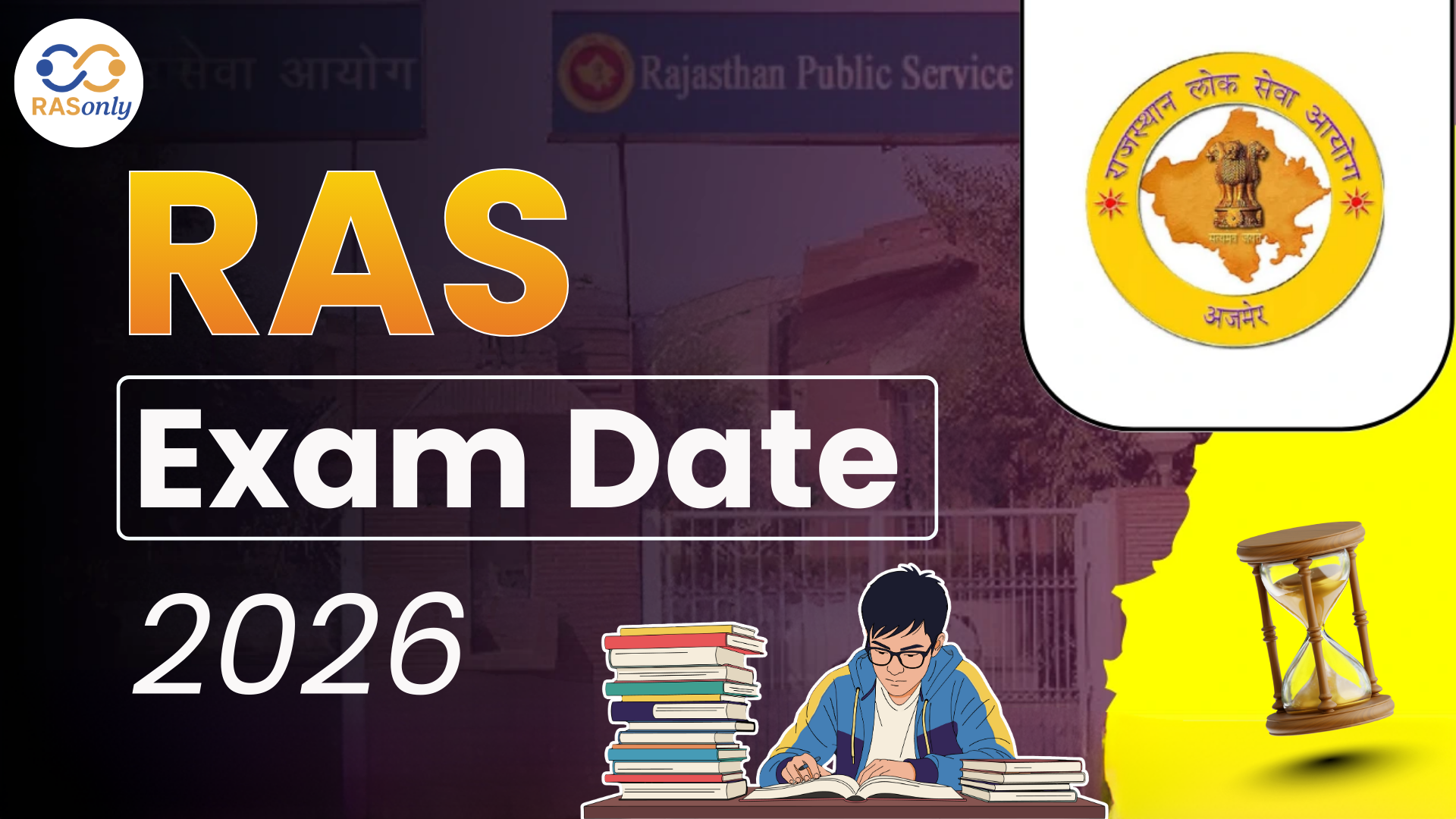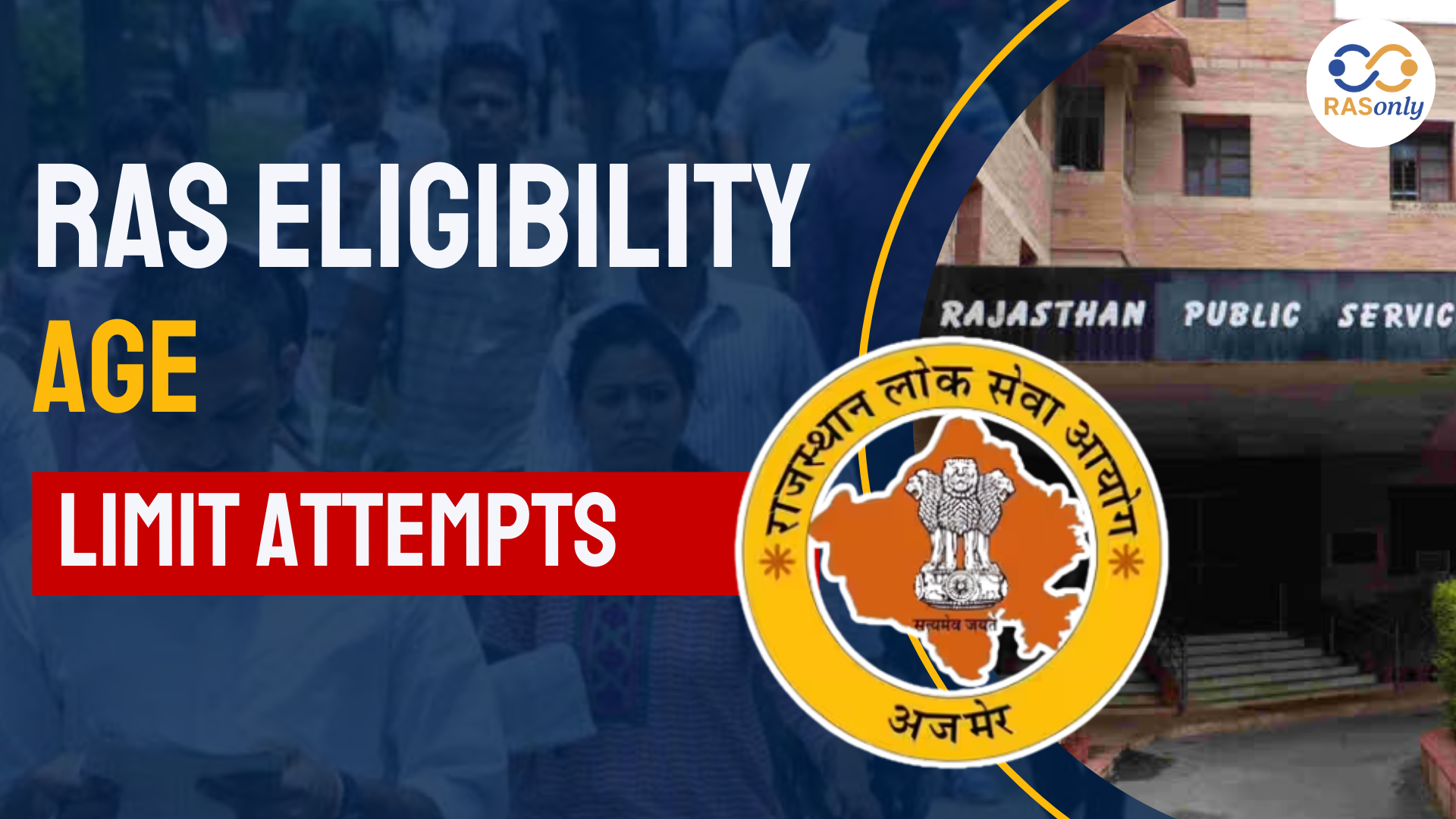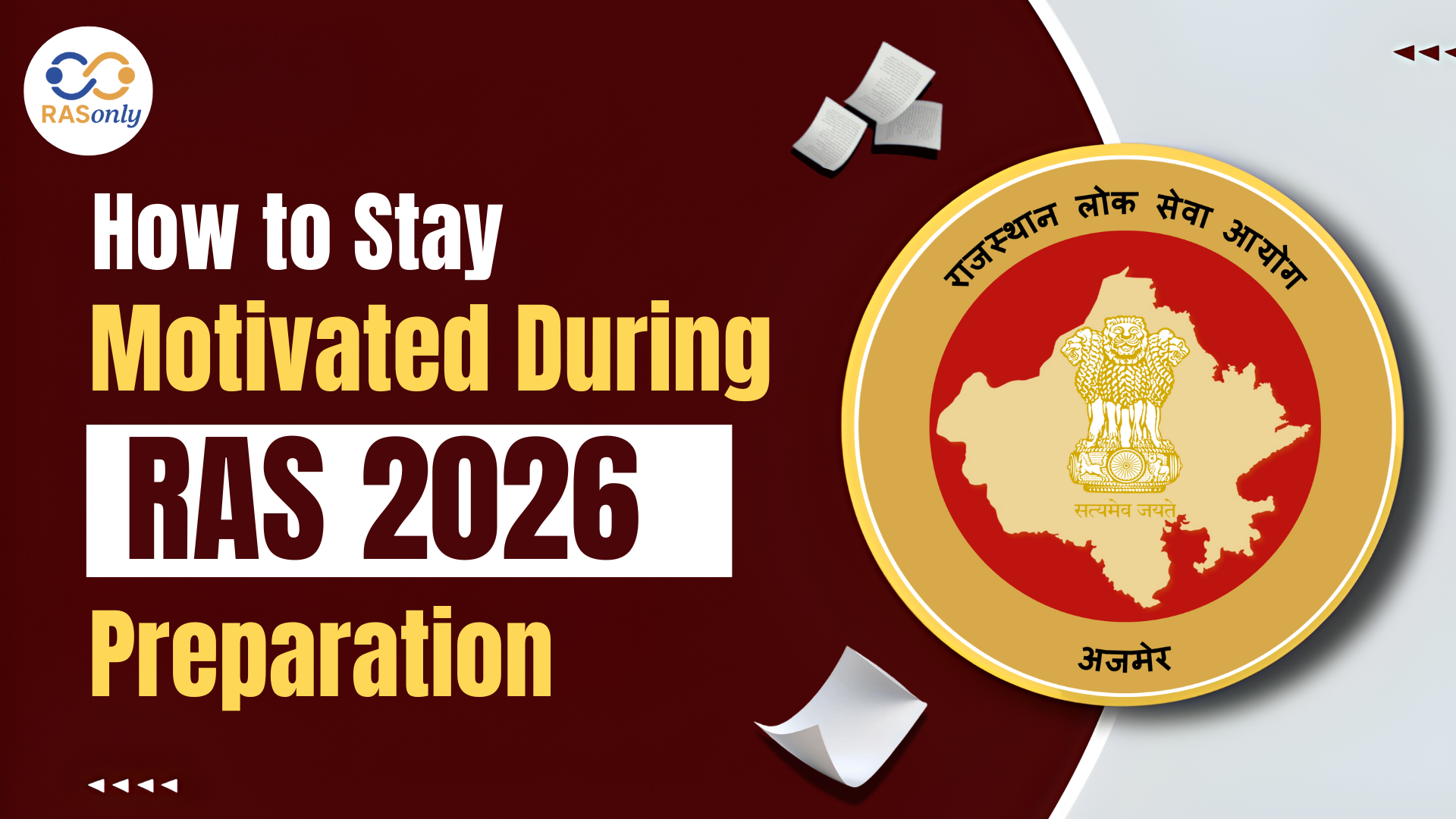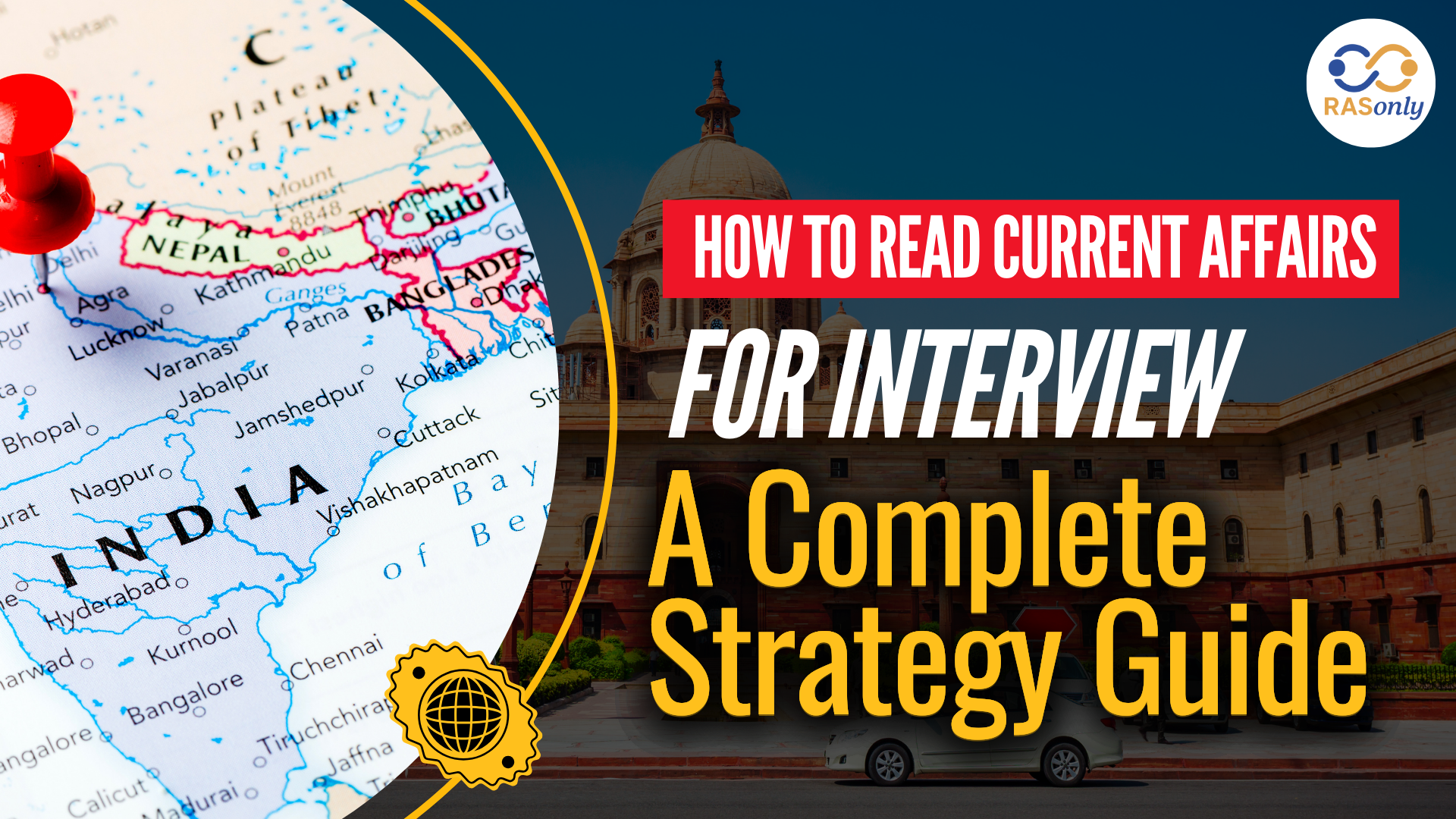RAS Exam Date 2026 for Notification, Prelims, Mains Date
- >
- RAS Preparation Resources
- >
- Parts of plants
Parts of plants


On earth, plants present life as they produce oxygen, food and shelter. They are very vital in the balancing of ecological life. There are various functions that are carried out by different organs of a plant that contribute to its growth, reproduction and survival.
Key Parts of a Plant:
- Roots
- Stem
- Leaves
- Flowers
- Fruits
Roots
- Function: With the help of the roots, the plant is sunk into the ground, gets the water and mineral elements, produces the growth regulators, and accumulates food.
- Structure: It consists of a root system (comprising primary roots [originating at the radicle] and lateral roots [secondary and tertiary]). Instead, root replacement occurs in monocots giving many smaller roots.
- Types of Roots:
- Adventitious Roots: They form on plants such as the Banyan tree, which grow as roots of parts that are not rooted.
- Pneumatophores: Roots growing towards the surface in swampy areas in order to access oxygen to respire.
Stem
- Function: Structure The stem supports the plant and transports water and nutrients as well as stores food, contributing to reproduction.
- Form: The stem has nodes (where the leaves and flowers grow out) and internodes (gaps between the nodes). It grows vertically akin to the trunk, which is enclosed by a covering of the bark hence protecting it.
- Adjustments: In plants in deserts such as Opuntia, the stems are thickened to keep water and eliminate too much water loss.
Leaves
- Leaves: The leaves are essential to photosynthesis (production of food) and transpiration (it loses water). They have chlorophyll to trap the sunlight in the process of photosynthesis.
- Structure:Standard representations of leaves include a petiole (stalk), the base of the leaf, and a leaf blade or lamina, which has veins to transport the nutrients.
- Functions:
- Photosynthesis: Leaves transform carbon dioxide, water and sunlight into food.
- Transpiration: Leaves excreted excessive water by means of the axillae.
- Reproduction: There are plants such as Bryophyllum which reproduce using their leaves.
Flowers
- Function: Flower is the reproductive part of the plants.
- Parts:
- Petals: They attract insects, birds as pollinators.
- Sepals: Guard the bud in front of flowers.
- Stamens: Male organs that make pollen (anther and filament).
- Pistil: The female reproductive organs that comprise of the stigma, style and the ovary.
Fruits
- Function: Fruits are the specialized ripe ovary of a flower that has seeds.
- Types:
- Parthenocarpic Fruits: These are fruits which grow without fertilization e.g. seedless bananas and this process is called a parthenocarpy process.
Conclusion
The various components of the plant are essential parts of the survival and reproduction of the plant. Since their roots exist to root down and take nourishment, leaves conducting photosynthesis, flowers to make reproduction, and fruits to safeguard seeds, plants have a set of essential functions without which life could not happen on earth. Knowledge in plant morphology aids in the realization of the intricacies of plant growth and ecological balance they form.
Also Read: Human blood and its types
Post Category
- RAS Salary
- Result
- RAS Admit Card
- RAS Job
- RAS Cutoff
- Preparation Tips
- RAS Answer Key
- RAS Exam Analysis
- RAS Syllabus
- RAS Previous Year Papers
- RPSC RAS Exam Pattern
- RAS Interview
- RAS Mains Exam Date
- RAS Vacancy
- RAS Test Series
- RAS Best Books
- RAS Preparation Resources
- RAS Coaching Centre
- History
- Polity
- Geography
- Economics
- Science
- Art and Culture
- RPSC RAS Application Form
- RPSC RAS Notification
RASonly Interview Guidance Program

Mr. Ashok Jain
Ex-Chief Secretary Govt of Rajasthan
- IAS officer of the 1981 batch, Rajasthan cadre.
- Passionate about mentoring the next generation of RAS officers with real-world insights.
- Got retired in Dec 2017 from the post of Chief Secretary of the state of Rajasthan.

Mr. Guru Charan Rai
Ex-ASP / SP in Jaisalmer
- Guru Charan Rai, IPS (Retd), retired as Inspector General of Police (Security), Rajasthan, Jaipur in 2017.
- Served as ASP and SP in Jaisalmer, Nagaur, Sri Ganganagar, Sawai Madhopur, Dausa, Sikar, and Karauli.
- He also held key positions as DIGP and IGP in the Law and Order division.

Mr. Rakesh Verma
Ex-IAS Officer, B.Tech, MBA, and M.A. (Economics)
- IAS officer of the 1981 batch and retired in Chief Secretary Rank.
- Civil servant of high repute and vast experience.
- Has been teaching UPSC CSE subjects for the last six years.
Related Post
👉🏻 Register Today to Join Classes! 👍🏻
- Team RASOnly -
🎯 Benefits of RASOnly Coaching:
- ✅ 1:1 Mentorship with RAS Officers
- ✅ Experienced and Expert Faculty
- ✅ Free Library Access
- ✅ Daily Minimum 4 Hours Must
- ✅ Comprehensive Study Material
- ✅ Regular Tests & Performance Analysis
- ✅ Personalized Guidance & Doubt Solving
- ✅ Online & Offline Class Options
- ✅ Affordable Fees with Quality Education
Key Highlights:
- 👉🏻 3-Day Refund Policy
- 👉🏻 New Batch Starting from 04 August
- 👉🏻 Registration Amount: Only ₹1000





